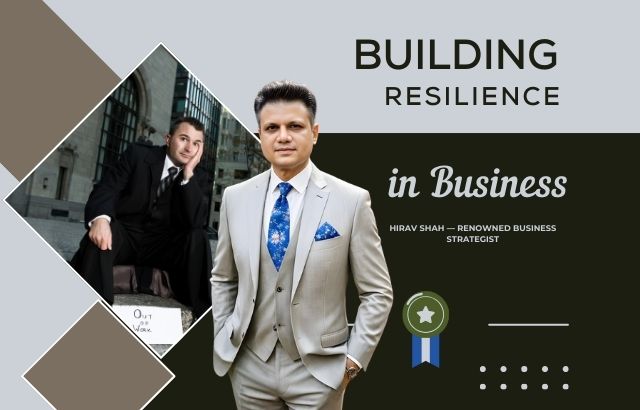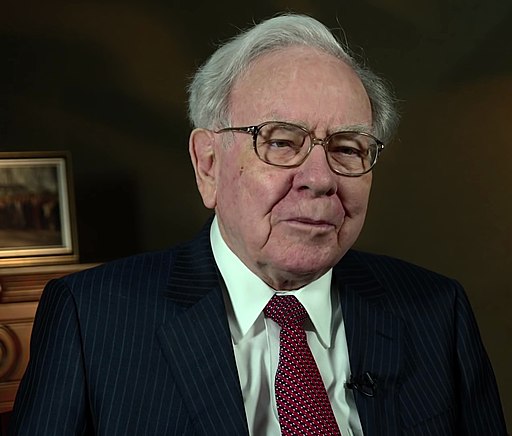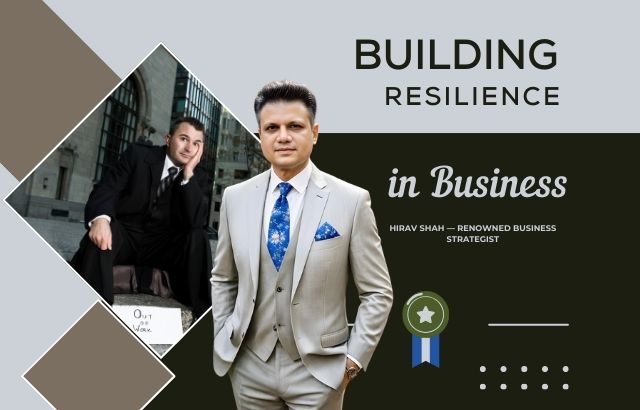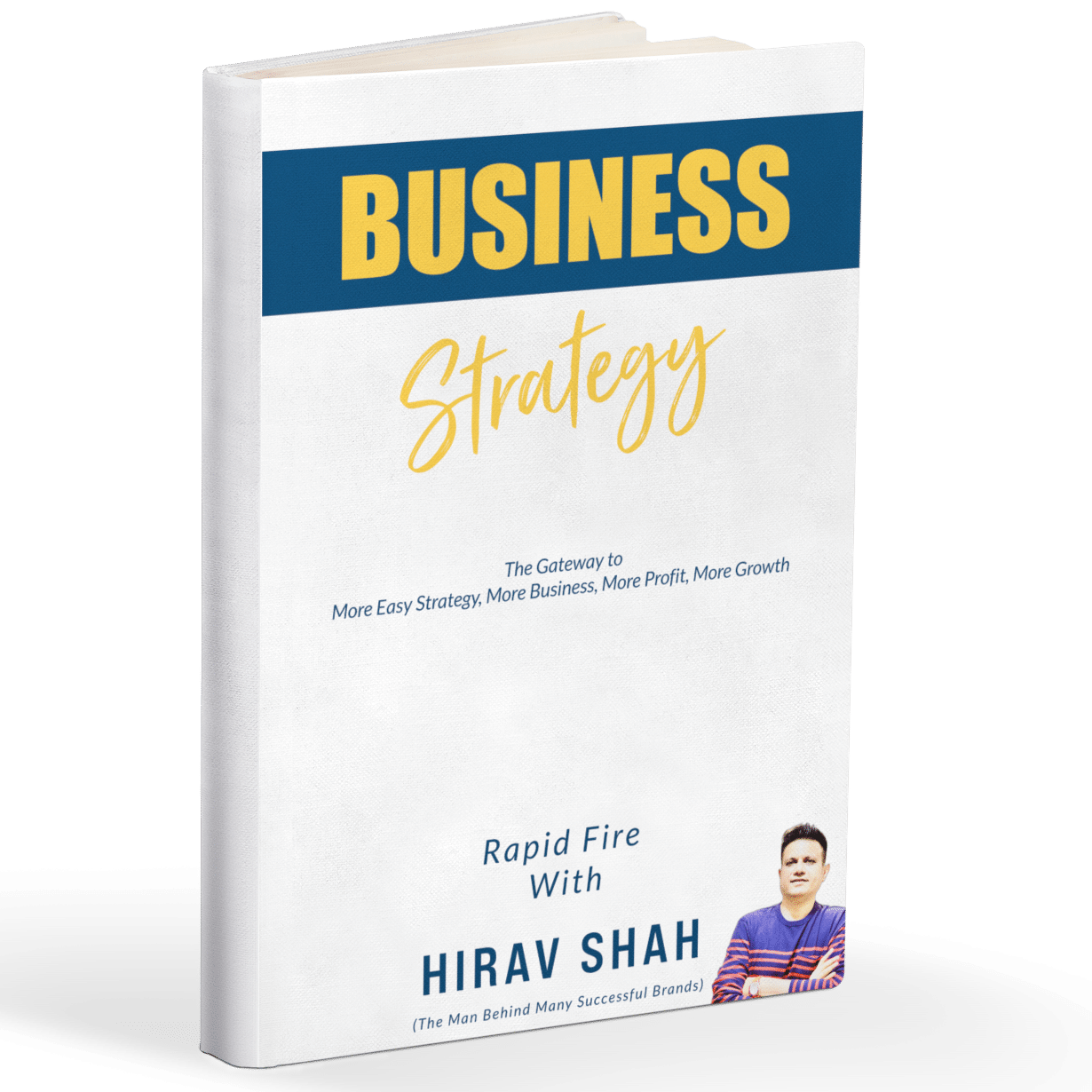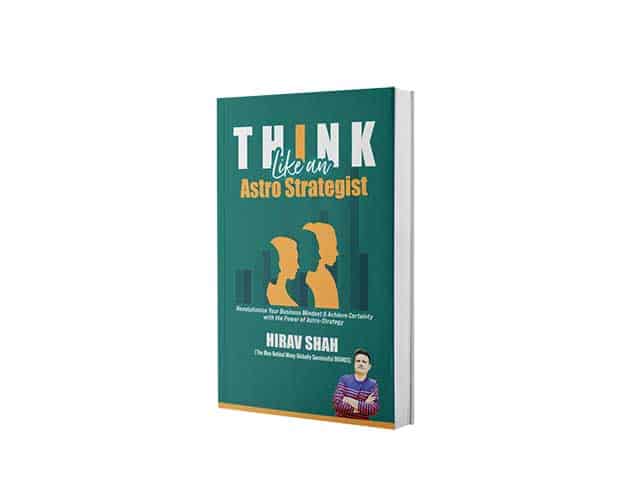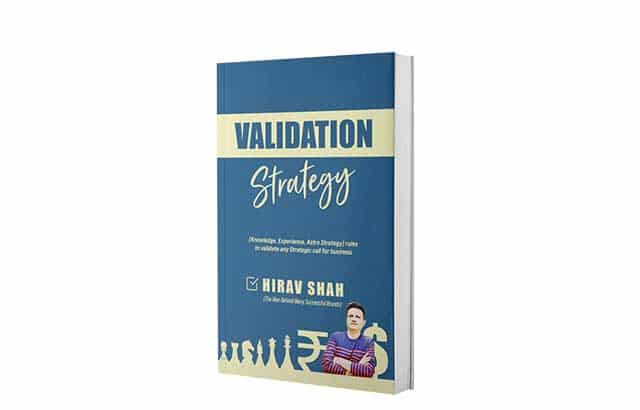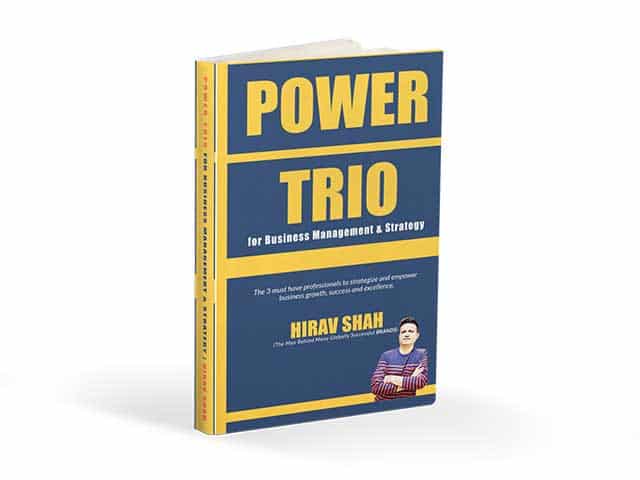Why Resilient Entrepreneurs Not Only Survive But Thrive – Insights from Business Strategist Hirav Shah
unpredictable economic landscape, resilience isn’t just a “nice-to-have” for entrepreneurs — it’s essential. During turbulent times, some businesses falter, but others not only survive — they grow. What sets them apart? Strategic resilience, forward-thinking, and relentless adaptability.
According to renowned Business Strategist and The Game Changer, Hirav Shah, cultivating resilience is the cornerstone of long-term success. Shah has advised entrepreneurs, corporations, and startups alike, helping them unlock tangible growth, even in the face of adversity.
Table of Contents
Why Entrepreneurs Sometimes Execute the Wrong Plan – And How to Avoid It
Have you ever asked yourself why certain plans fail even when you “knew” what to do?
“People often know what to do, but they get stuck in a rut, repeating the same old mistakes.” – Hirav Shah
The problem: Entrepreneurs let the weaker version of themselves make decisions when times get hard.
The solution: Like going to the gym — where the hardest part is showing up — resilience requires daily effort. Do the hard things, especially when you don’t feel like it. It’s discipline over motivation.
Staying Present: A Key Entrepreneurial Trait
Being present — especially when things aren’t going your way — is a hallmark of a resilient business leader.
Instead of obsessing over long-term goals or potential failures, focus on doing excellent work now.
Example:
When Howard Schultz returned as CEO of Starbucks in 2008 during a slump, he focused on improving in-store experience and quality control. He didn’t panic. He re-centered the business — and the stock rose more than 1,000% over the following decade.
Why Great Leaders Keep Things Professional, Not Personal
According to Hirav Shah:
“Knowing that most things in business are not personal is how you overcome adversity.”
Rejection? Not personal. Failure? Not personal. These are data points, not definitions of your identity.
Learning from Failure: Lessons from Icons
Some of the most successful entrepreneurs failed before they made it big:
- Steve Jobs was fired from Apple.
- Warren Buffett made billion-dollar mistakes (e.g., Dexter Shoe Co.).
- Arianna Huffington had her second book rejected by 36 publishers.
Yet, they bounced back because they treated failure as feedback, not a final sentence.
The Power of Vision Beyond Yourself
“Have a foresight bigger than yourself. Have a vision bigger than yourself.” – Hirav Shah
When your business is tied to a deeper purpose, you’re more likely to withstand adversity.
Example:
Blake Mycoskie, founder of TOMS, built a “One for One” model — for every shoe sold, one is given to someone in need. That purpose-driven mission gave the company resilience through both economic and brand challenges.
The Role of a Business Strategist in Resilience Building
A Business Strategist like Hirav Shah helps businesses:
- Diagnose hidden weaknesses in business models.
- Identify growth opportunities even during crises.
- Design personalized roadmaps that combine data, intuition, and calculated risk.
- Analyze internal operations to eliminate inefficiencies.
- Align business goals with long-term resilience strategies.
Example:
Case Study – A mid-sized hospitality business struggled post-pandemic. With Hirav Shah’s strategic advice, the business:
- Reworked its pricing model (+18% revenue).
- Added a digital booking system (cut costs by 22%).
- Diversified into luxury homestays (new revenue stream).
9 Resilience-Building Strategies for Entrepreneurs
- Foster a Resilient Mindset
Promote adaptability, creativity, and problem-solving. - Diversify Your Customer Base
Don’t depend on a single market. Spread your risk.Quick Calculation Example:
If 70% of your revenue comes from one client, losing them means your income drops by 70% overnight. Diversification spreads that risk. - Build Strong Relationships
Trust and loyalty with suppliers and customers provide a safety net during downturns. - Maintain Financial Strength
Create cash reserves, minimize waste, and stay on top of cash flow.Tip: Aim for 3–6 months of operating expenses in cash reserves. - Embrace Technology
Automate repetitive tasks, leverage e-commerce, use analytics for decision-making. - Develop a Flexible Business Model
Be ready to pivot — whether it’s your product, pricing, or platform. - Invest in Your Team
A resilient team is your strongest asset. Train them, listen to them, and empower them. - Continuously Monitor Risk
Always ask: What could go wrong? Then plan for it. - Prioritize Self-Care
Burnout helps no one. A healthy entrepreneur leads a healthy business.
FAQs: Building Business Resilience
Q1. How do I start building resilience in my startup?
Start with mindset. A resilient startup:
- Experiments regularly.
- Learns quickly from mistakes.
- Keeps a lean cost structure.
Q2. How can I tell if my business is too dependent on one customer?
If one client contributes over 40% of your revenue, you’re vulnerable. Start exploring alternate revenue streams immediately.
Q3. How can a business strategist help in tough times?
They offer:
- A clear outside perspective.
- Data-driven decision-making.
- Tactical and long-term growth planning.
- Crisis recovery blueprints.
Final Thoughts from The Game Changer, Hirav Shah
“A good half of the art of entrepreneurship is resilience.” – Hirav Shah
Entrepreneurs must wear many hats — risk-taker, leader, innovator, motivator. But none of those roles matter without resilience.
Business is a journey full of unknowns. The more prepared and grounded you are, the more likely you’ll not only navigate challenges but use them as fuel for your next level of growth.
Need Help Building Business Resilience?
Let Hirav Shah — Business Strategist and The Game Changer — help you design your roadmap for resilience and growth.
📩 Contact now for a personalized business strategy session.

